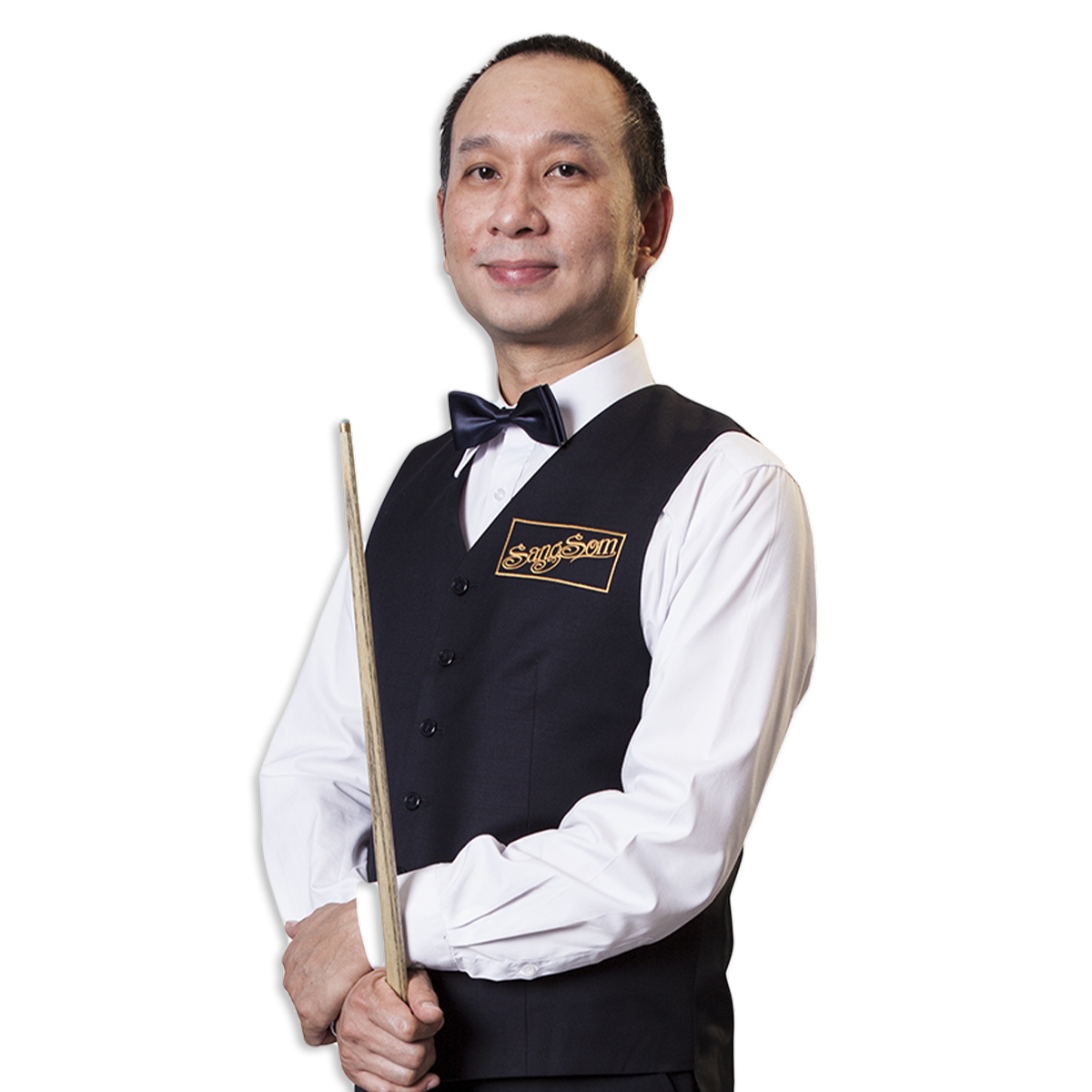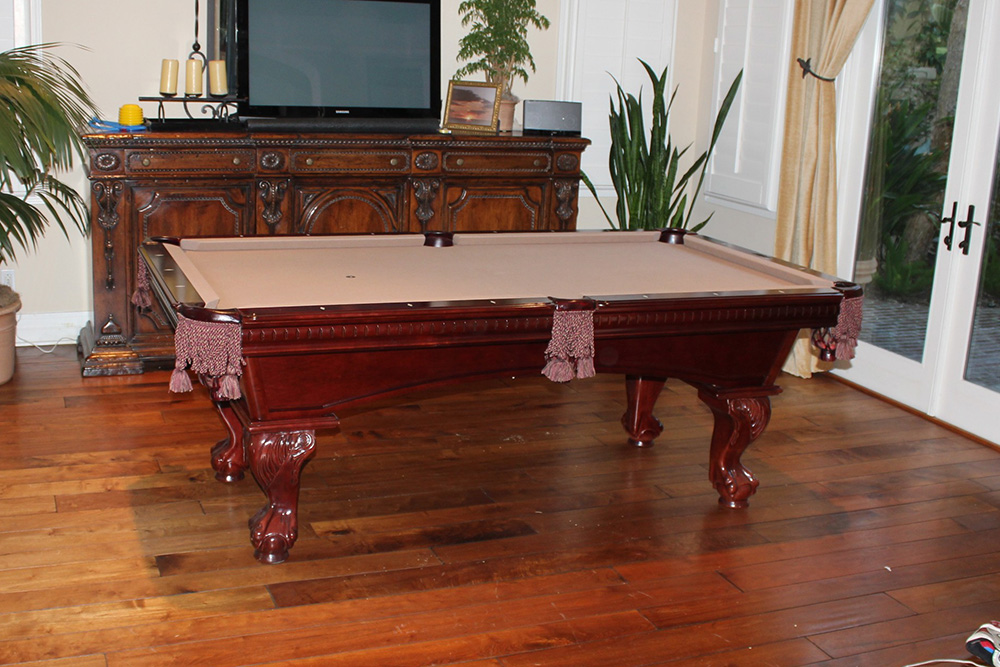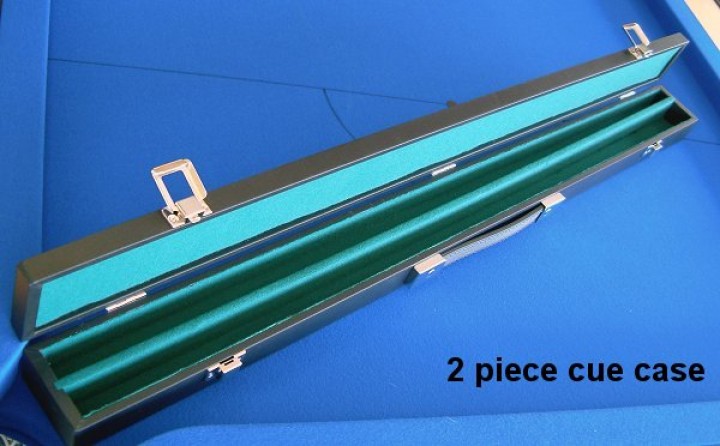
A cueball spinning diagram illustrates the relationship between a cueball's spin, and its trajectory. This can be used to help players develop their skills and improve their chances of pocketing. Even if you're a newbie to pool, you might not realize the extent of your control over the ball. You don't have to be a beginner to pool. There are plenty of expert tips and tricks that can help you make it easier.
There are many methods to spin a cue ball well. One of the most important is the squirt angle, or the direction of the squirt when the ball bounces. A cue ball with no spin will rebound at the shortest angle. However, a cueball that has some spin will rebound more quickly.

Squirt angle is not a true measure of how much spin is present in the ball, but it does indicate the direction of the squirt. A cue ball with a high squirt angles will bounce very far in the right direction. Many factors influence how spin happens, including the weight of the ball, its strike force, angle, cushion quality, speed, and how hard it is struck.
Although it is a function of the impact parameter, the squirt angles are not complex. However, they are nominally independent from the ball's mass. In general, a lower cue ball strike will produce a higher squirt angle than a higher one, as the ball will be traveling at a slower speed. The best way to reduce the squirt angle is to strike harder.
Cue ball spinning can be either a side, top or bottom spin. The cue ball will follow a tangent line when it is shot. It is a line that runs 90 degrees away from the object's direction. The trajectory and direction of the cueball are affected more by the top and bottom spins, than the two other types. The spin of the cue ball can be affected by various cloths and tables.
Although the squirt angle may not be affected by the mass of an object ball, it can still be used to deflect the balls. If the object ball is too close to the ball or is not a suitable target for the shot, the squirt won't occur. It is also a crucial factor in determining if a shot will work. The player will be able to pocket the ball if they take the shot correctly.

Depending on how fast you hit, the cue ball will leave the tangent line sooner. This means the ball will travel farther, but it will rebound at a shorter angle. This is why it's a good idea to use a quicker stroke for a left spin, and a slower one for a right.